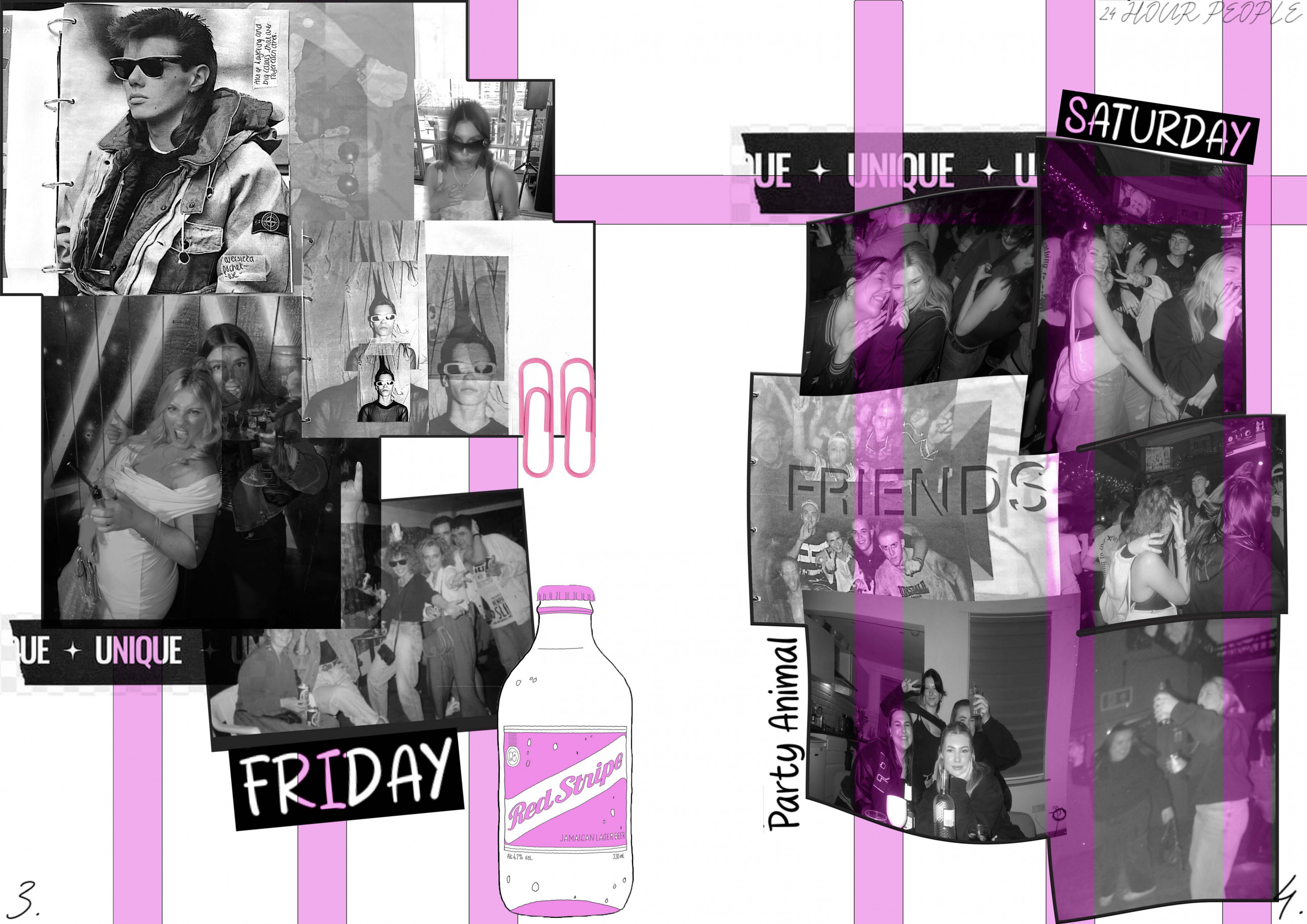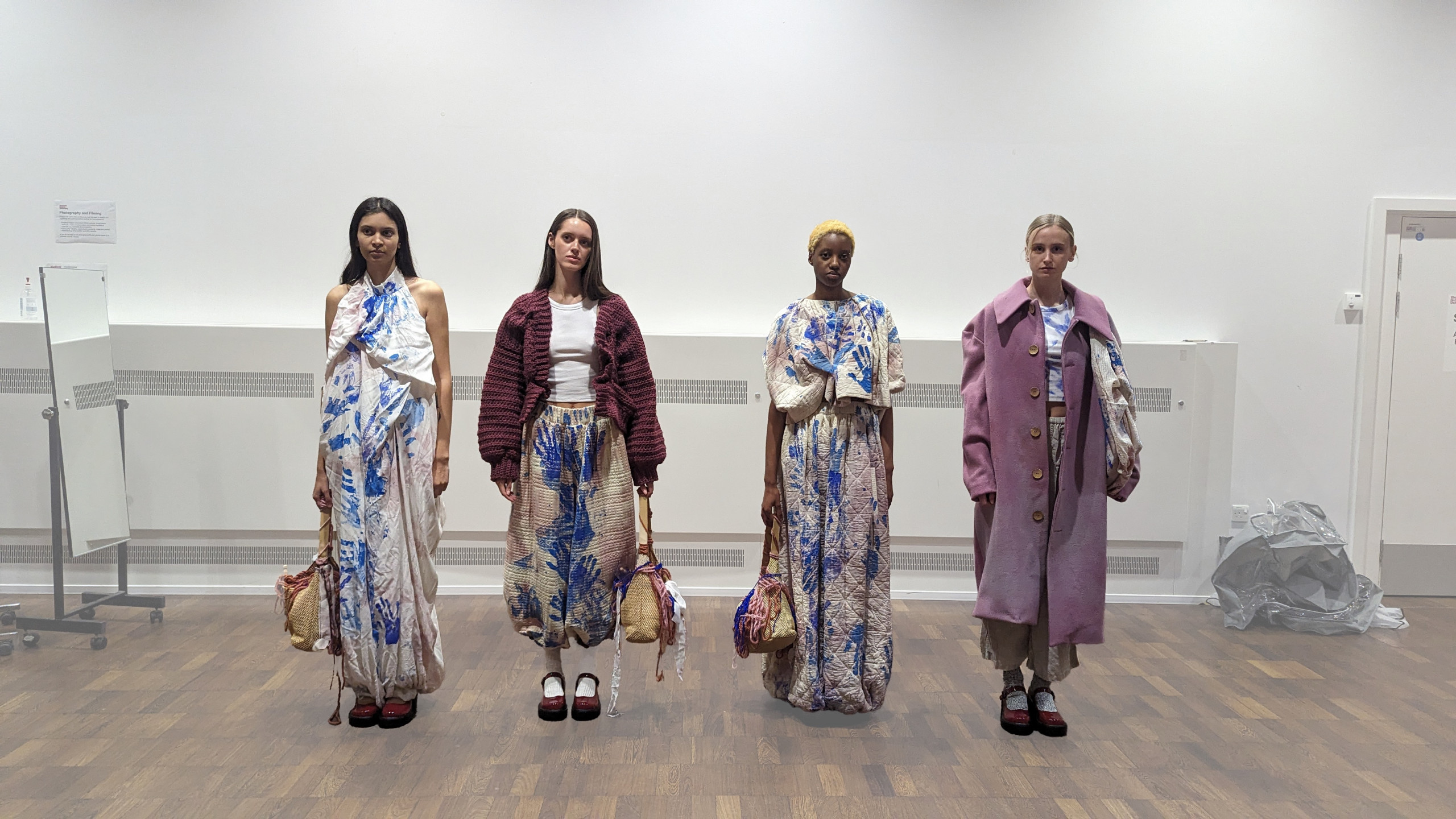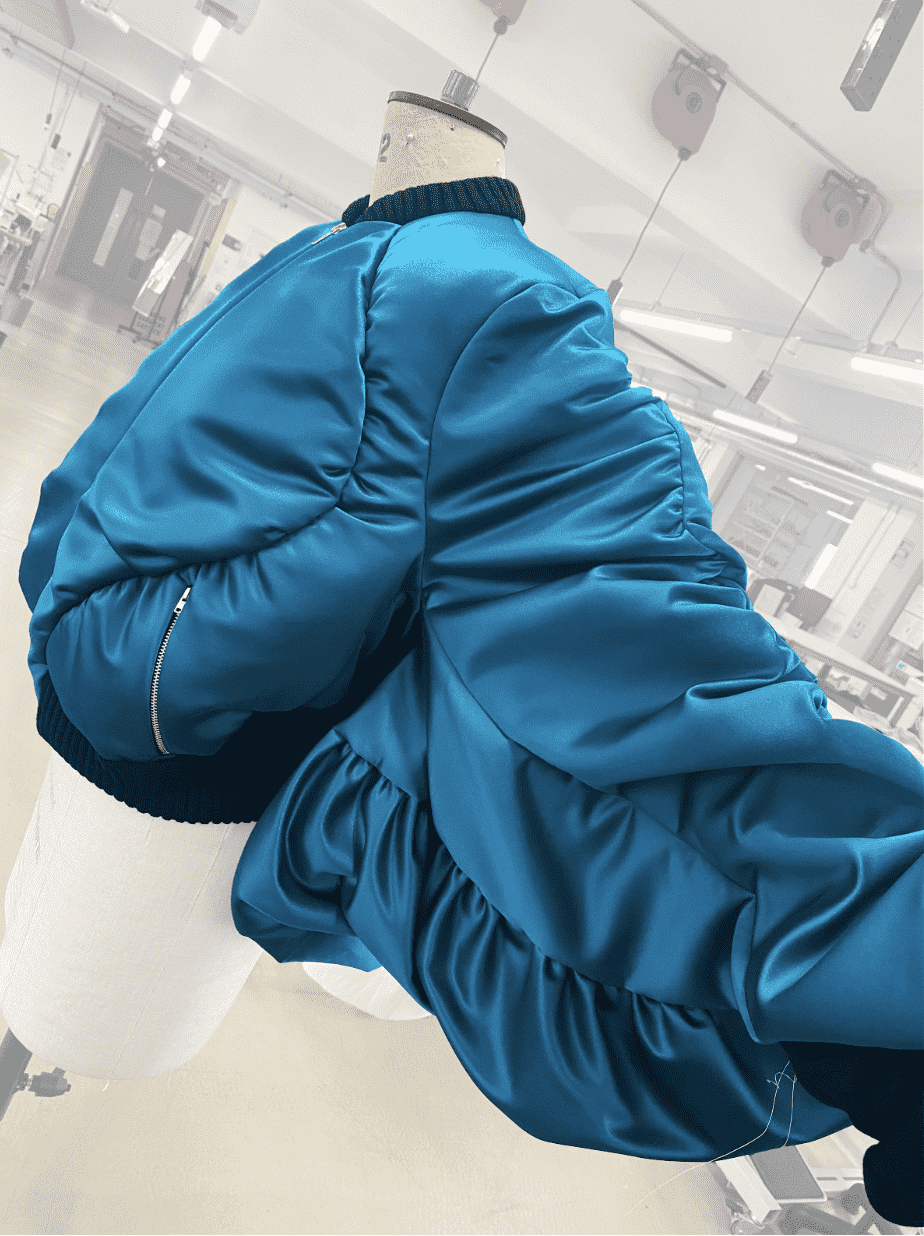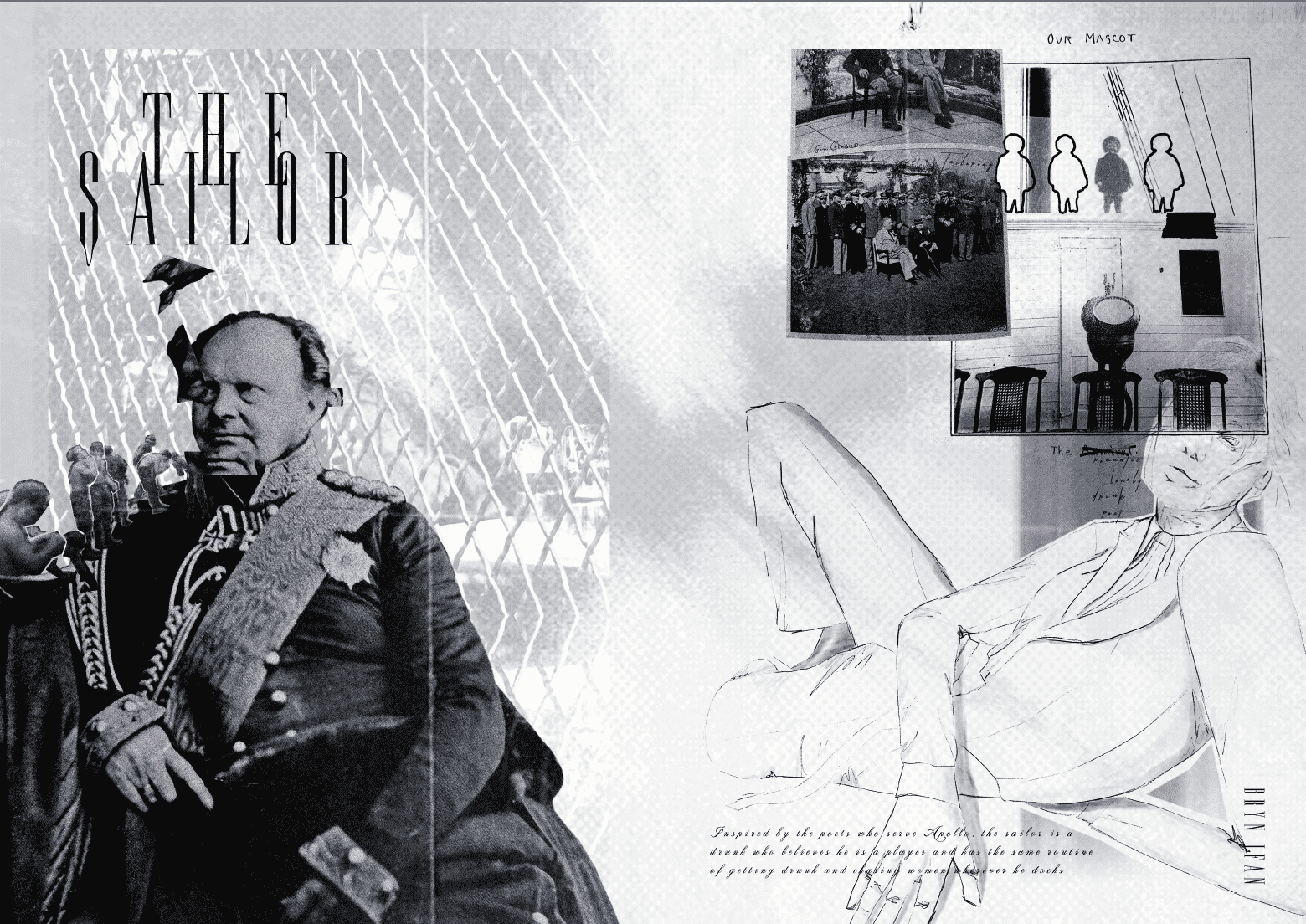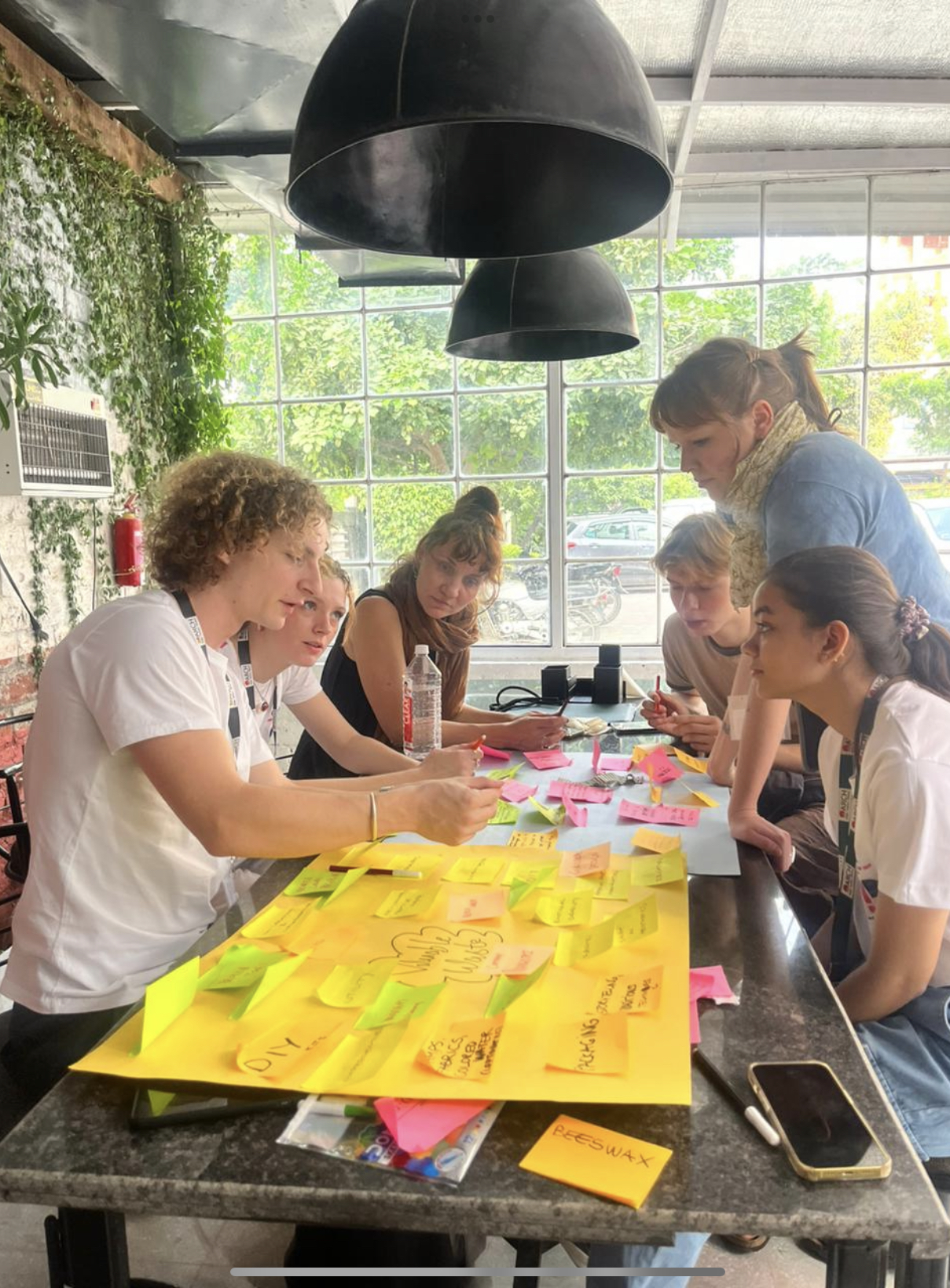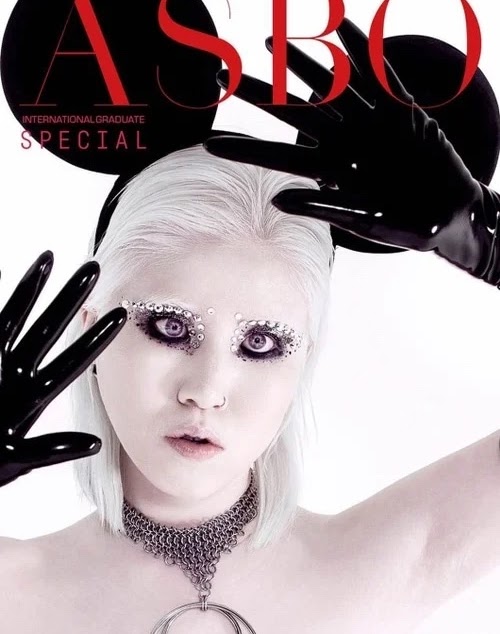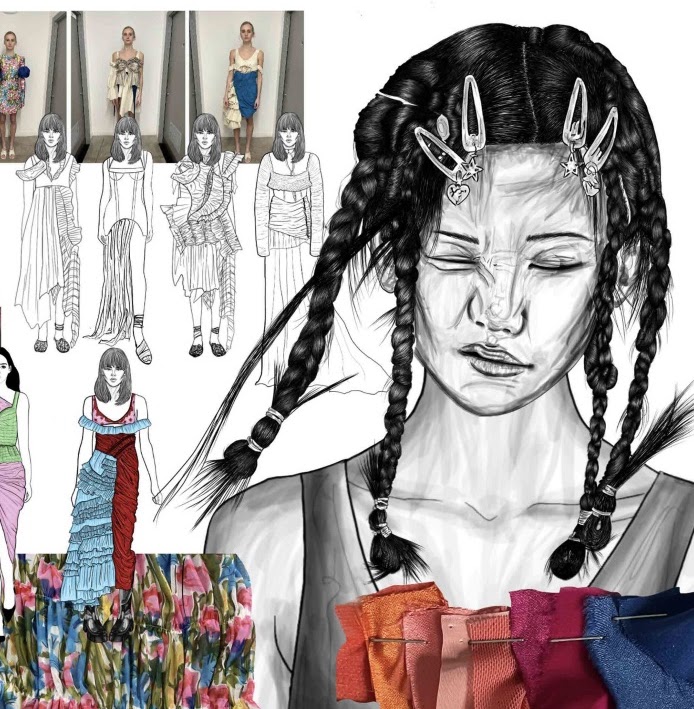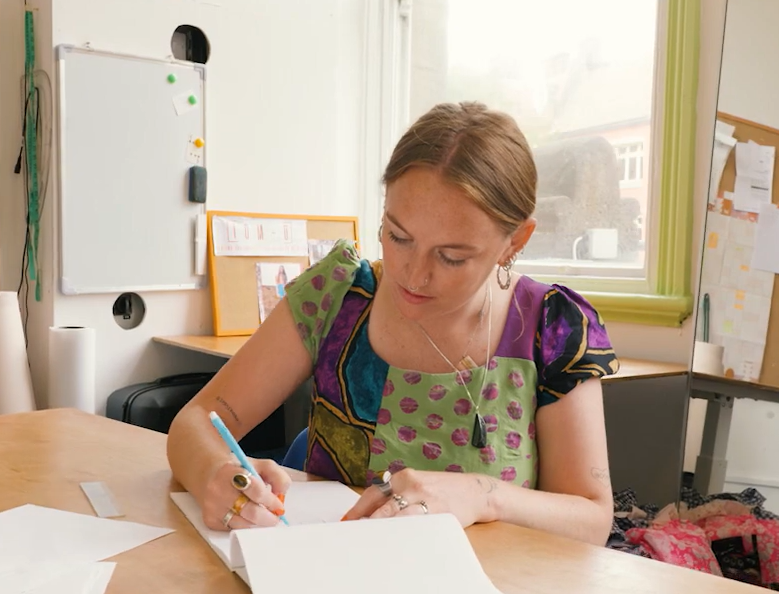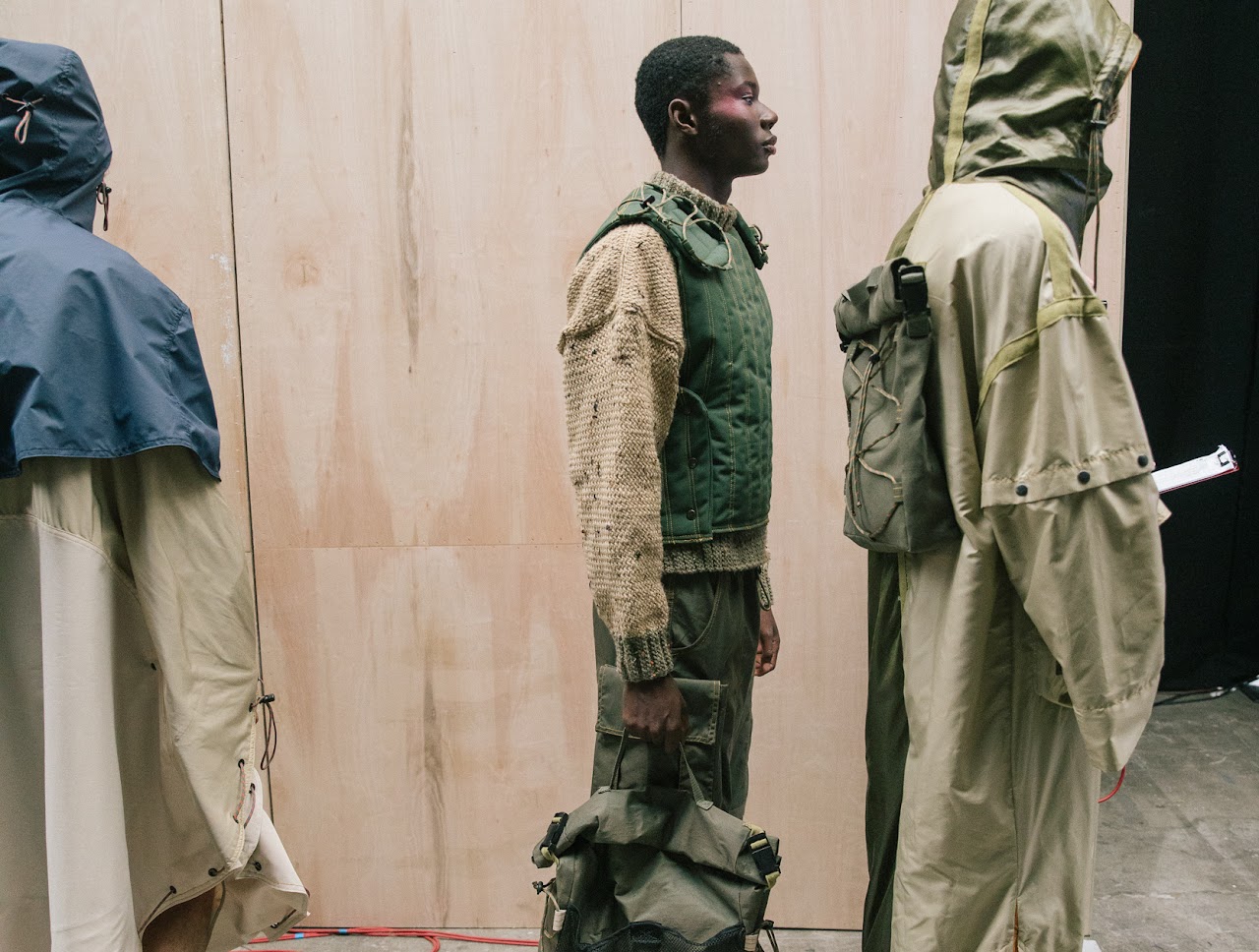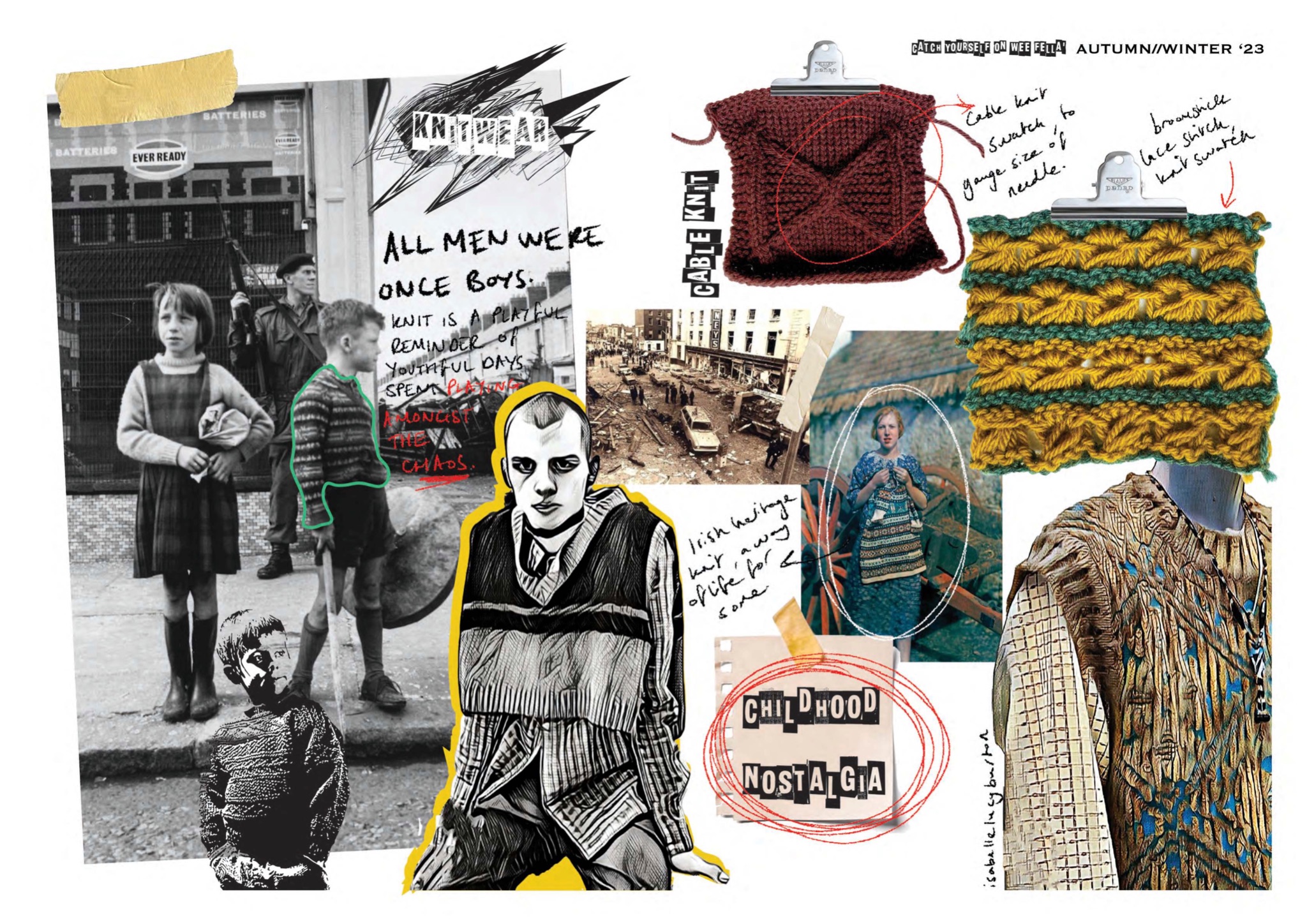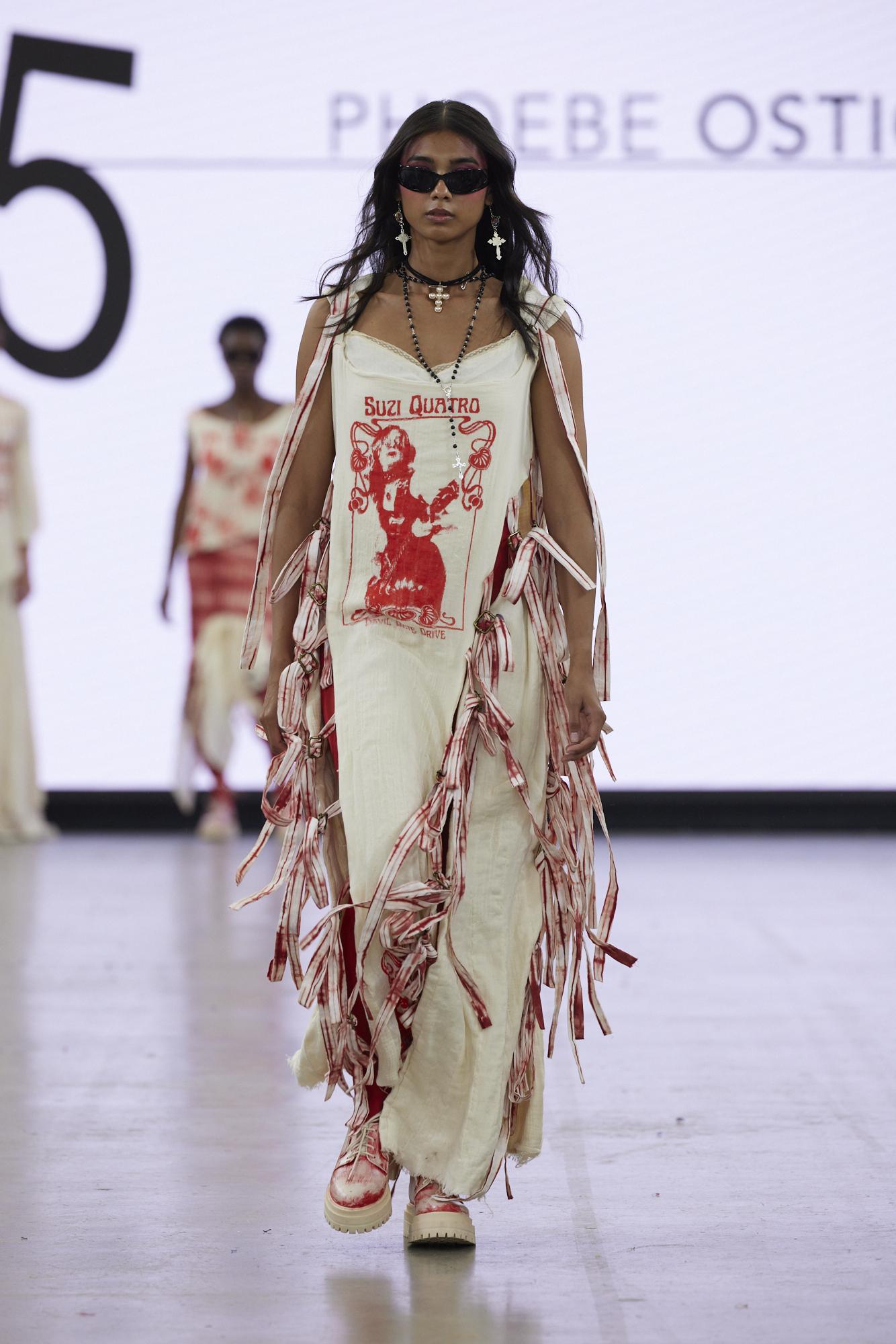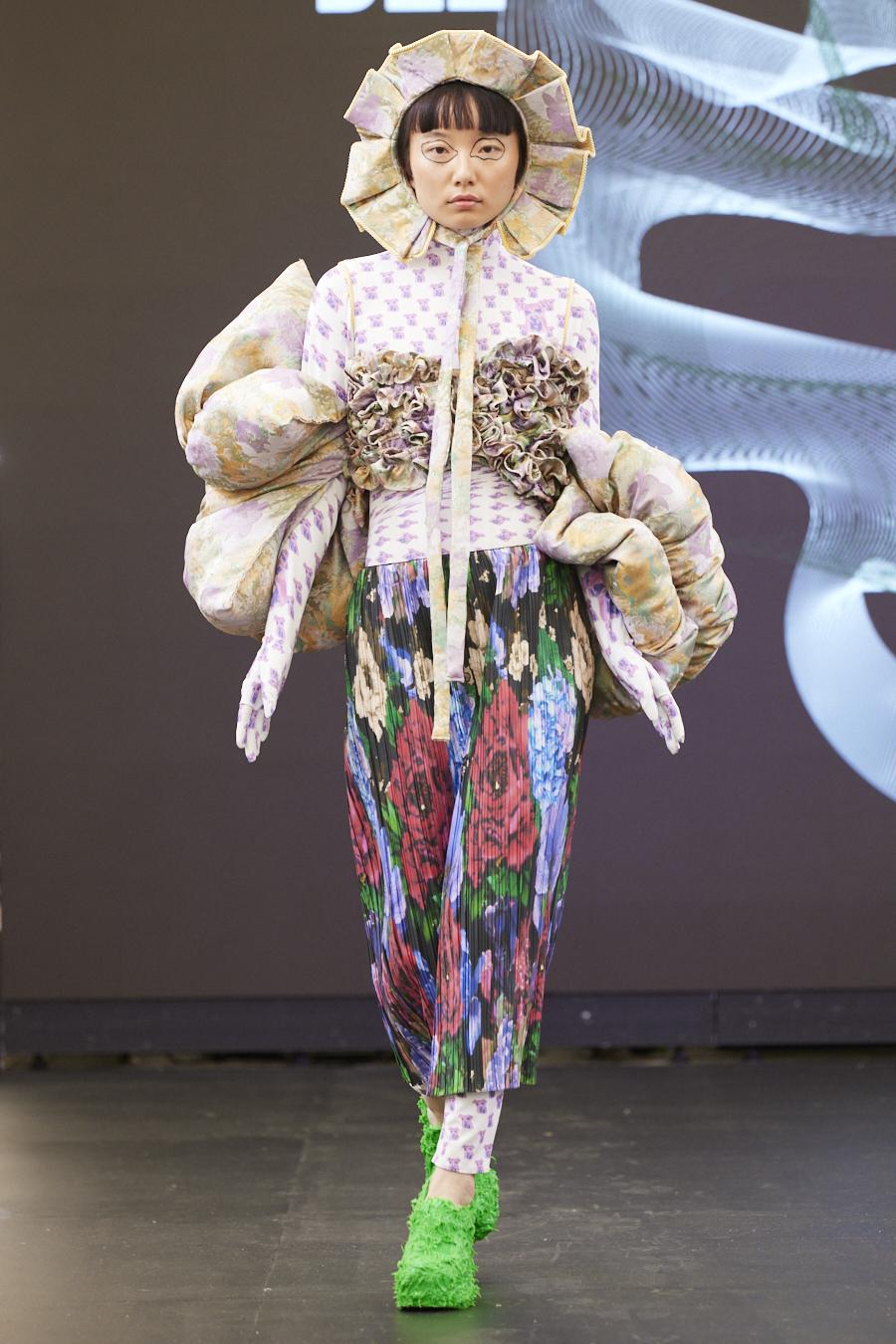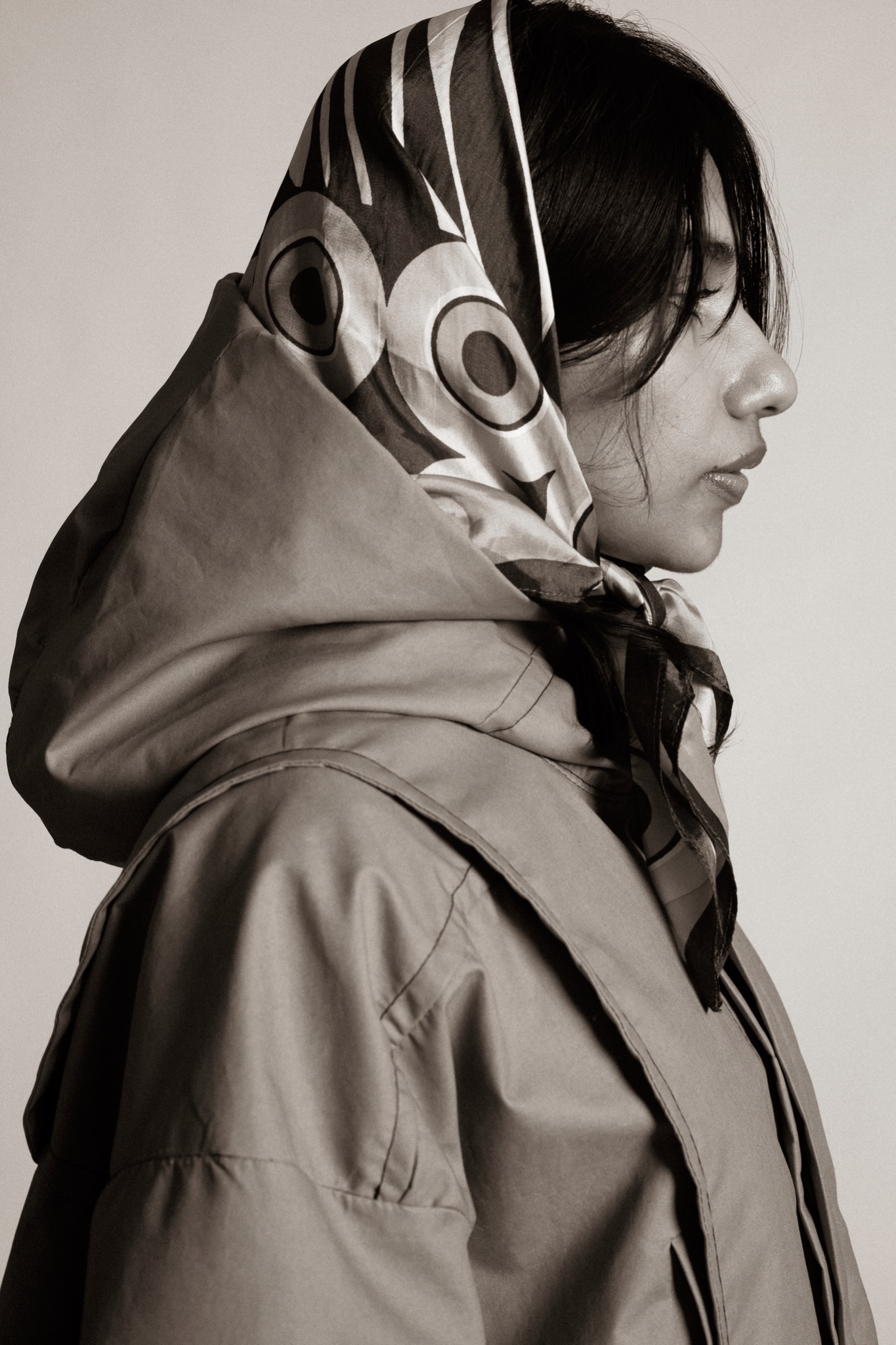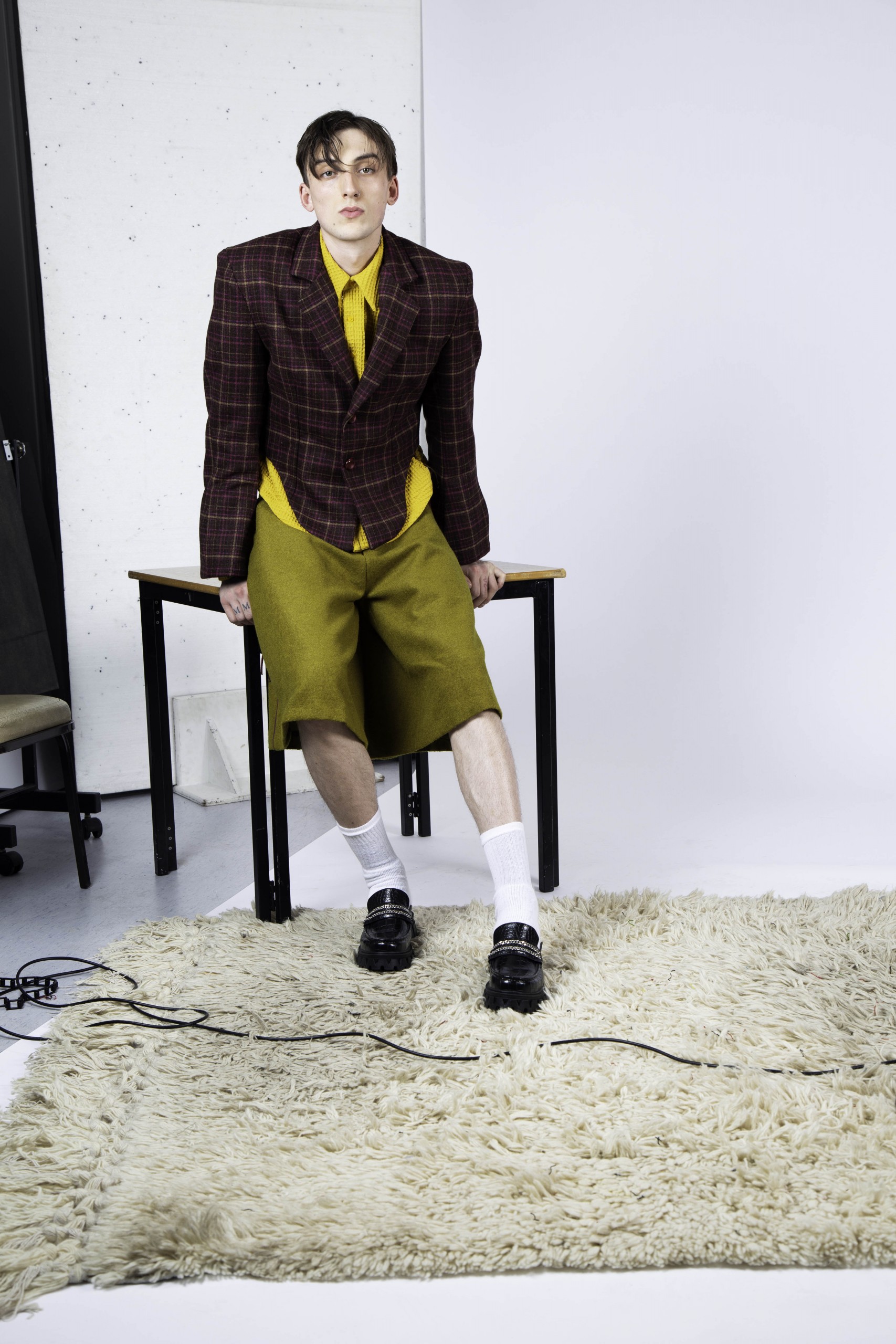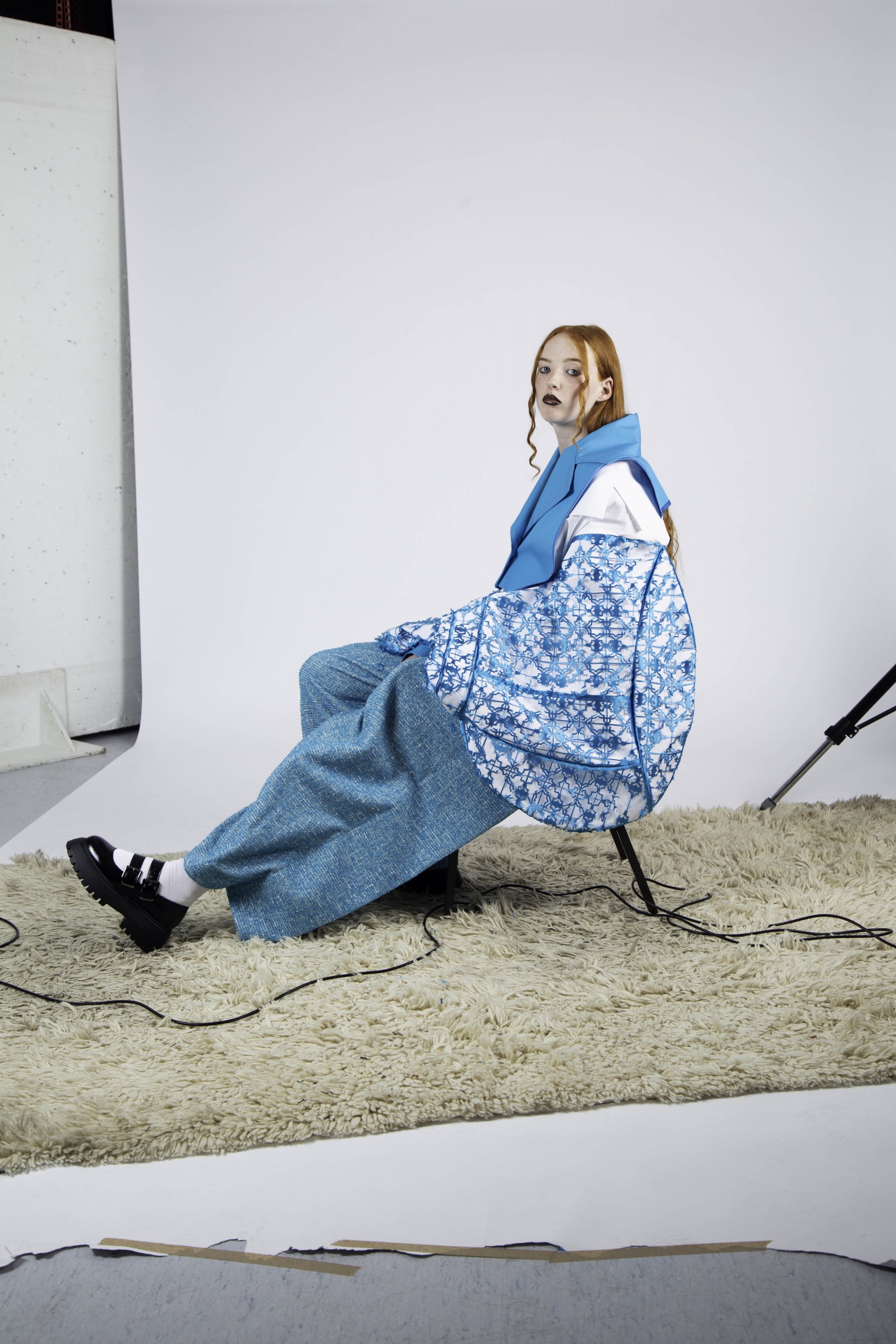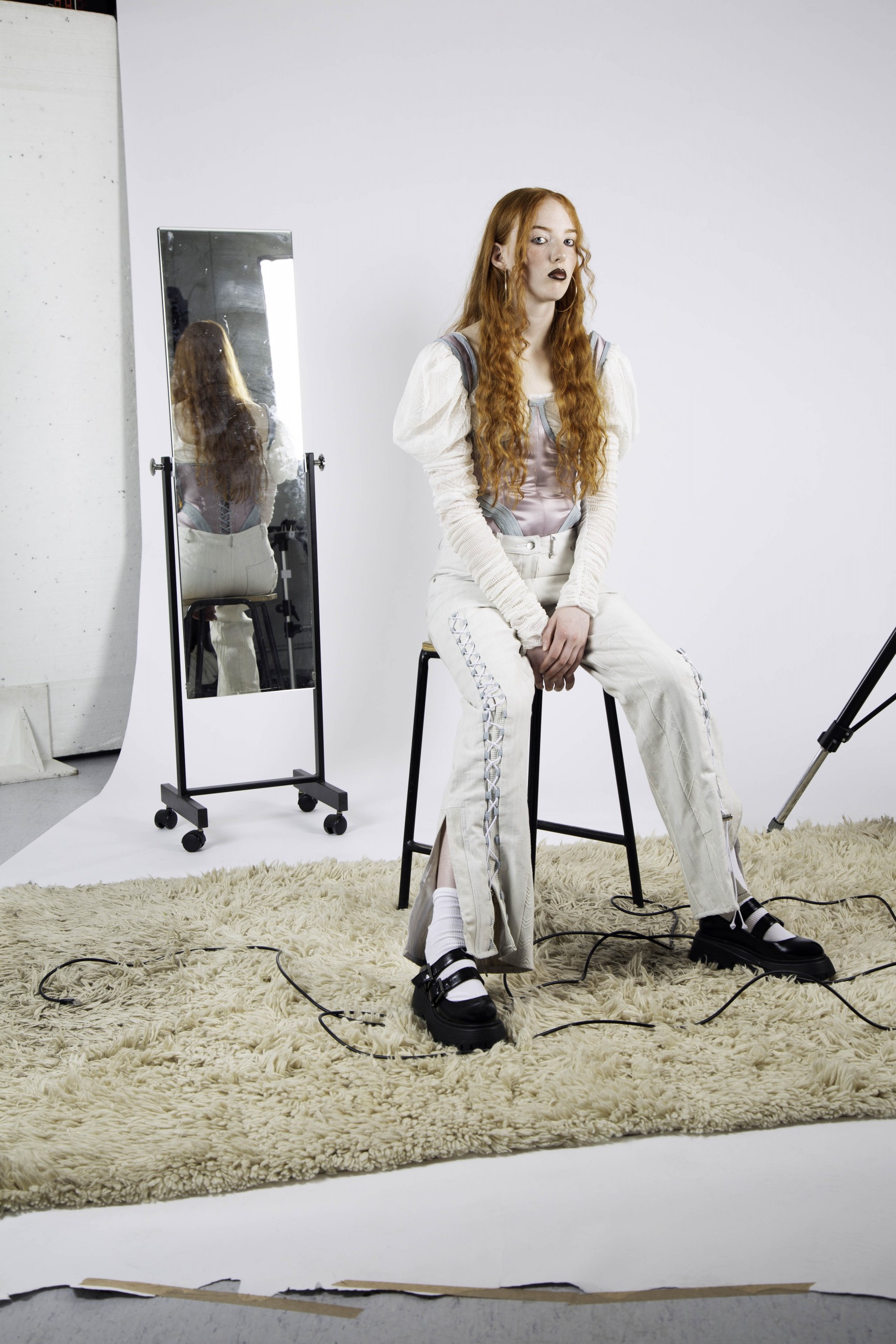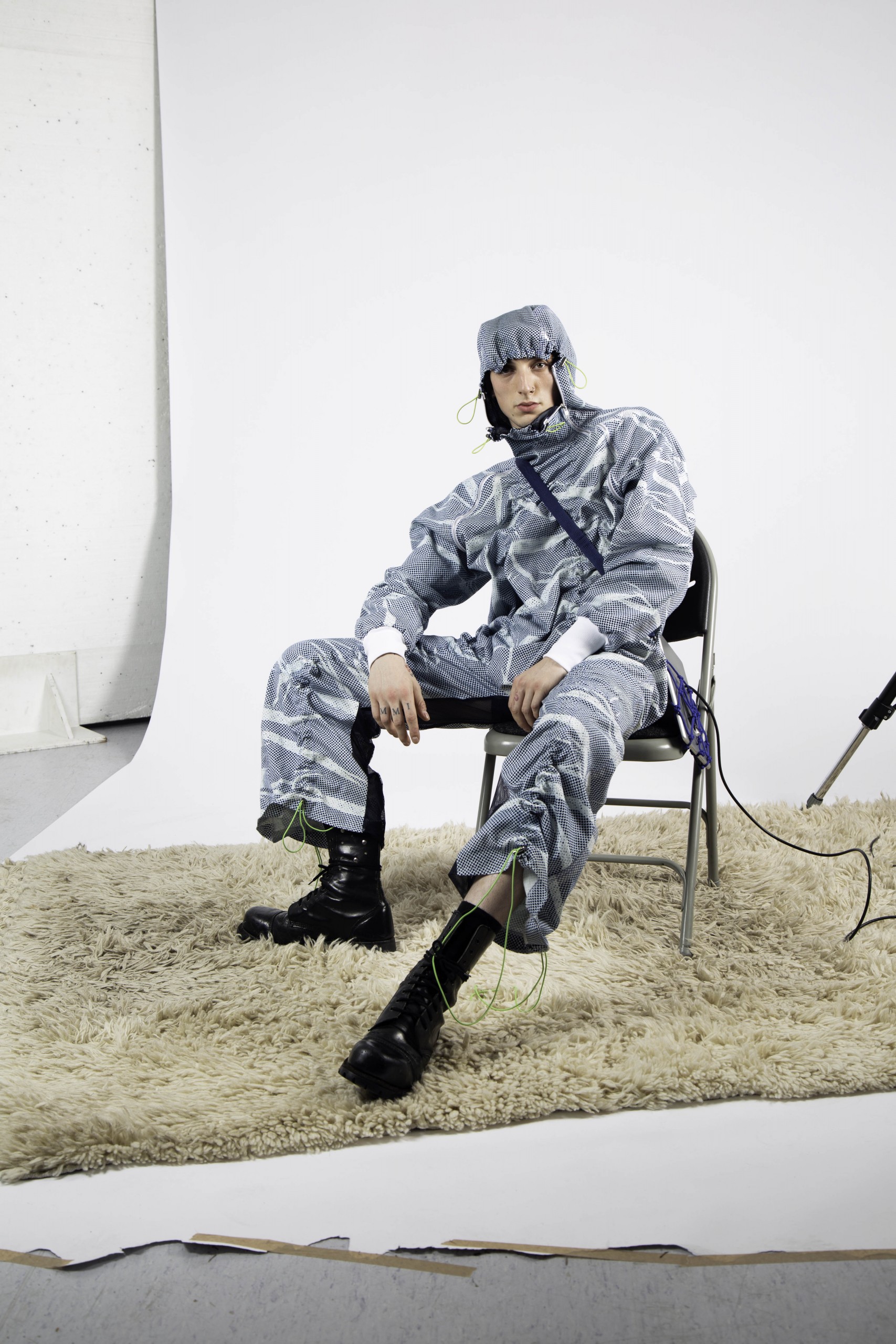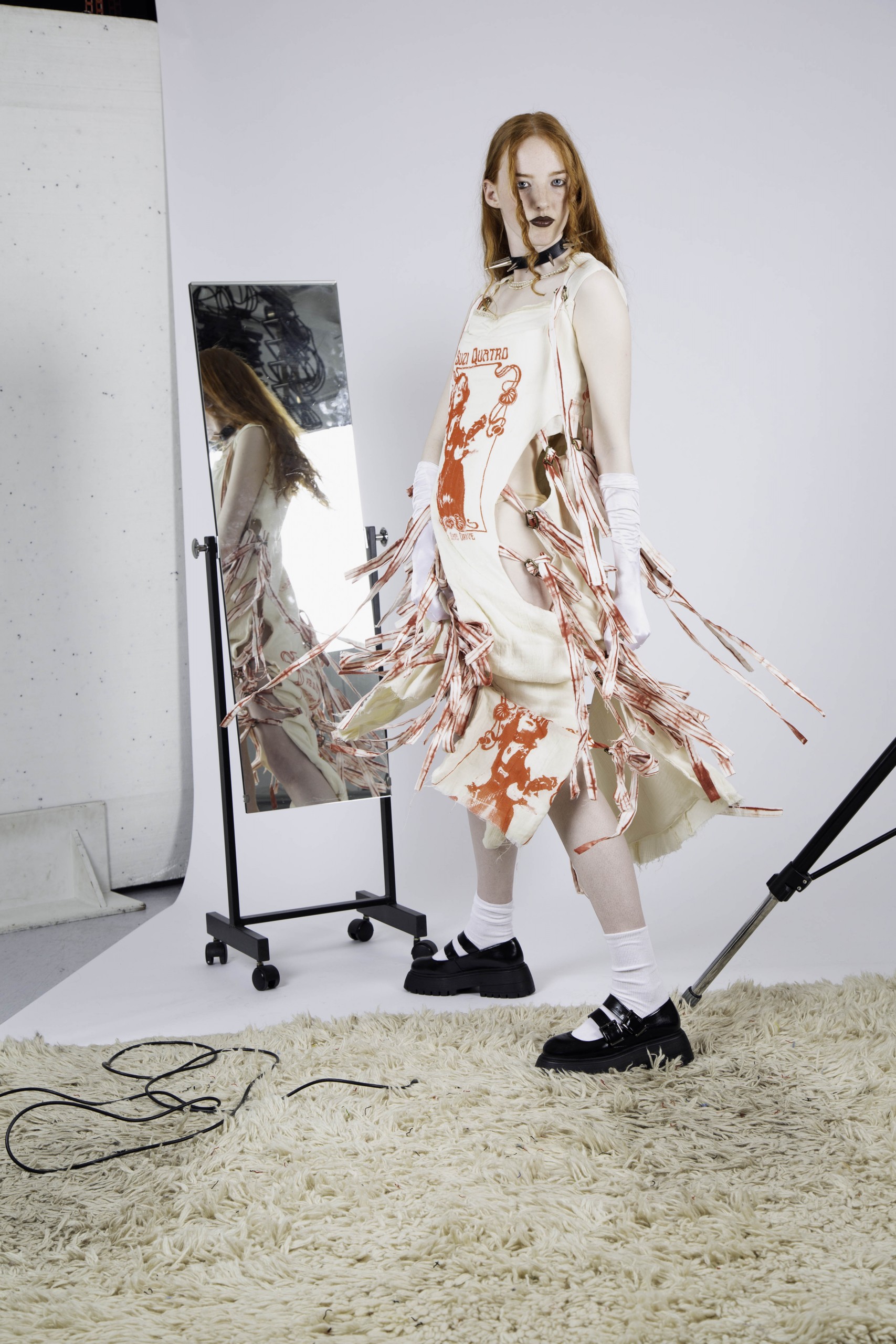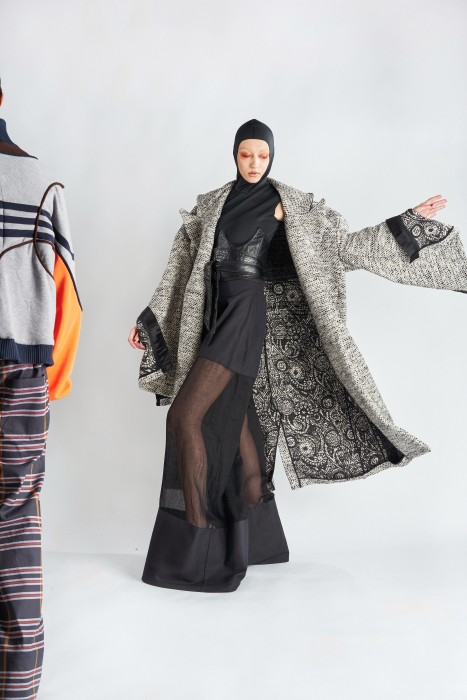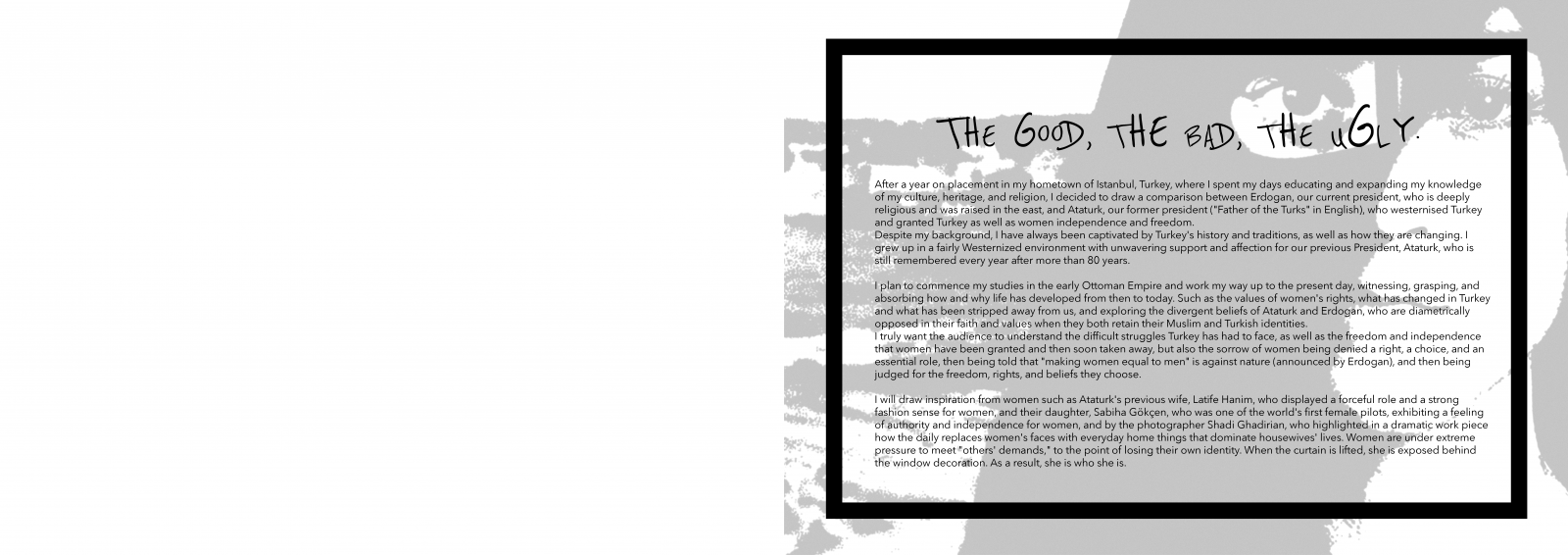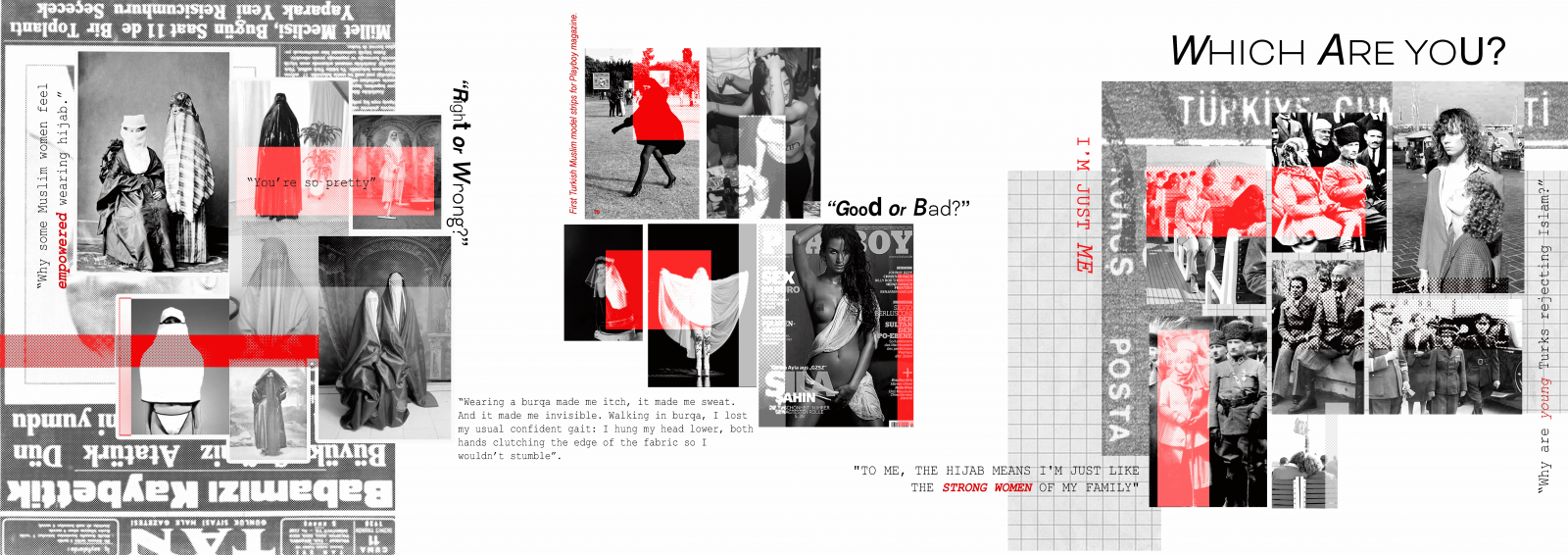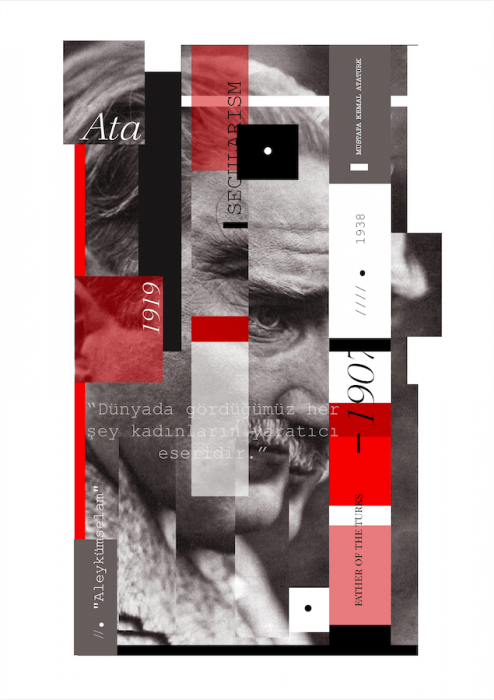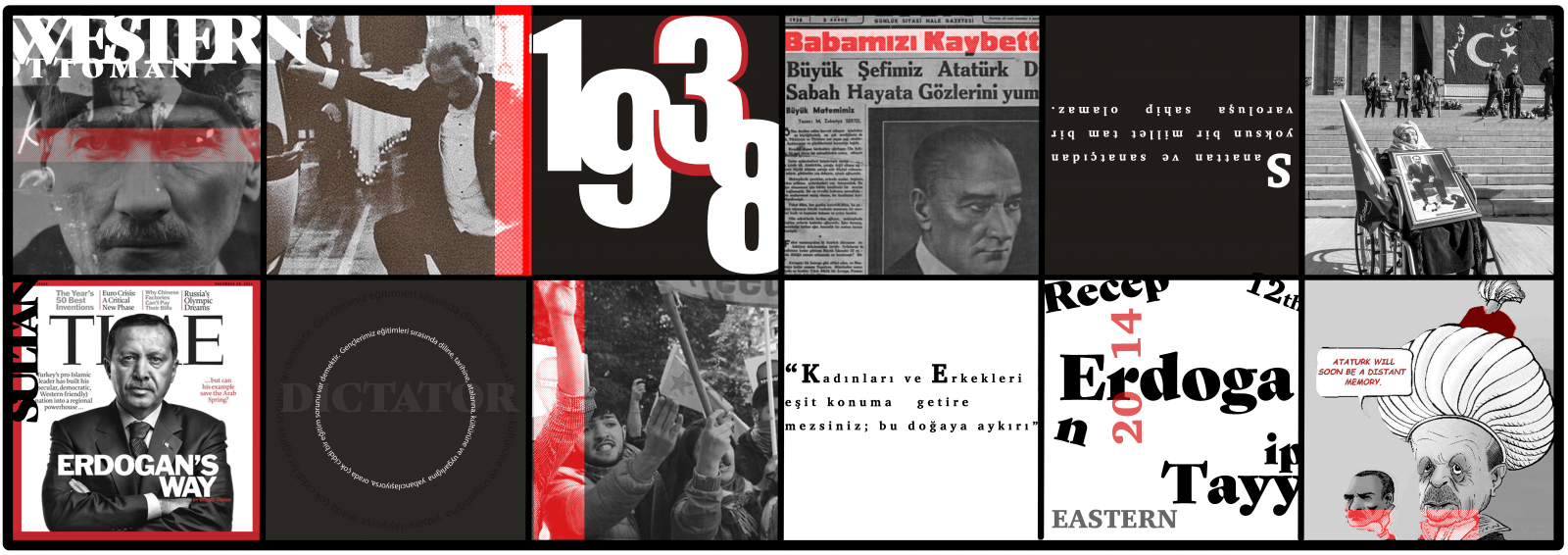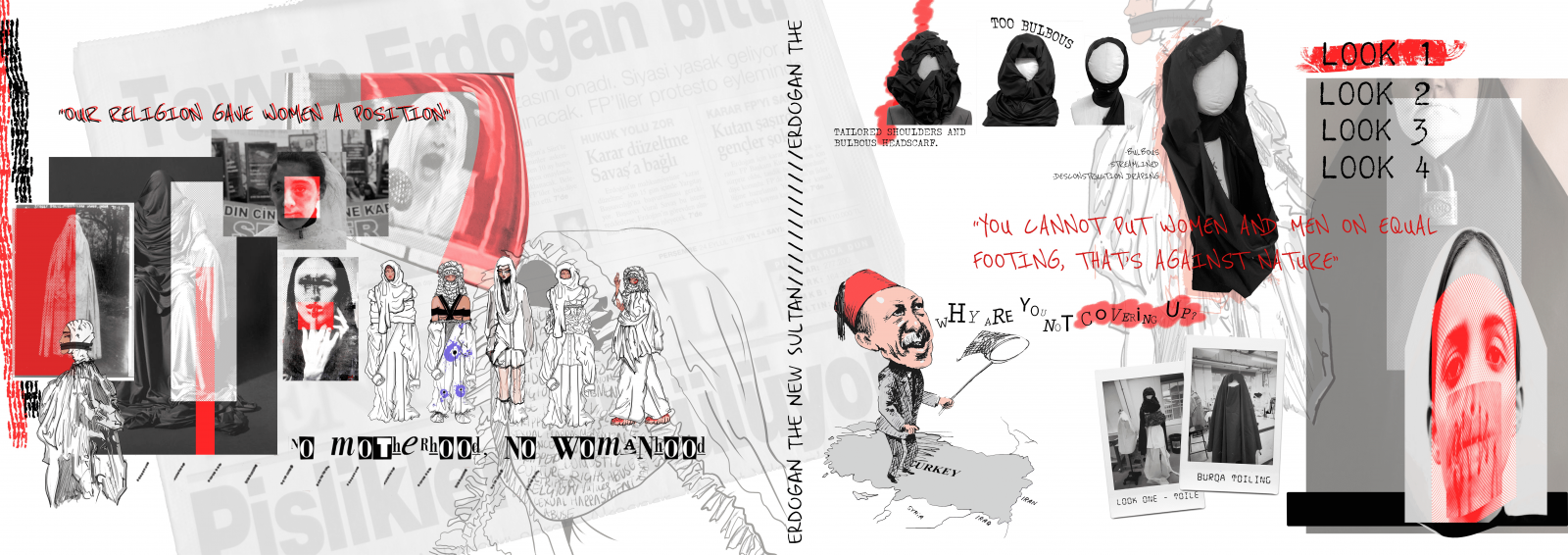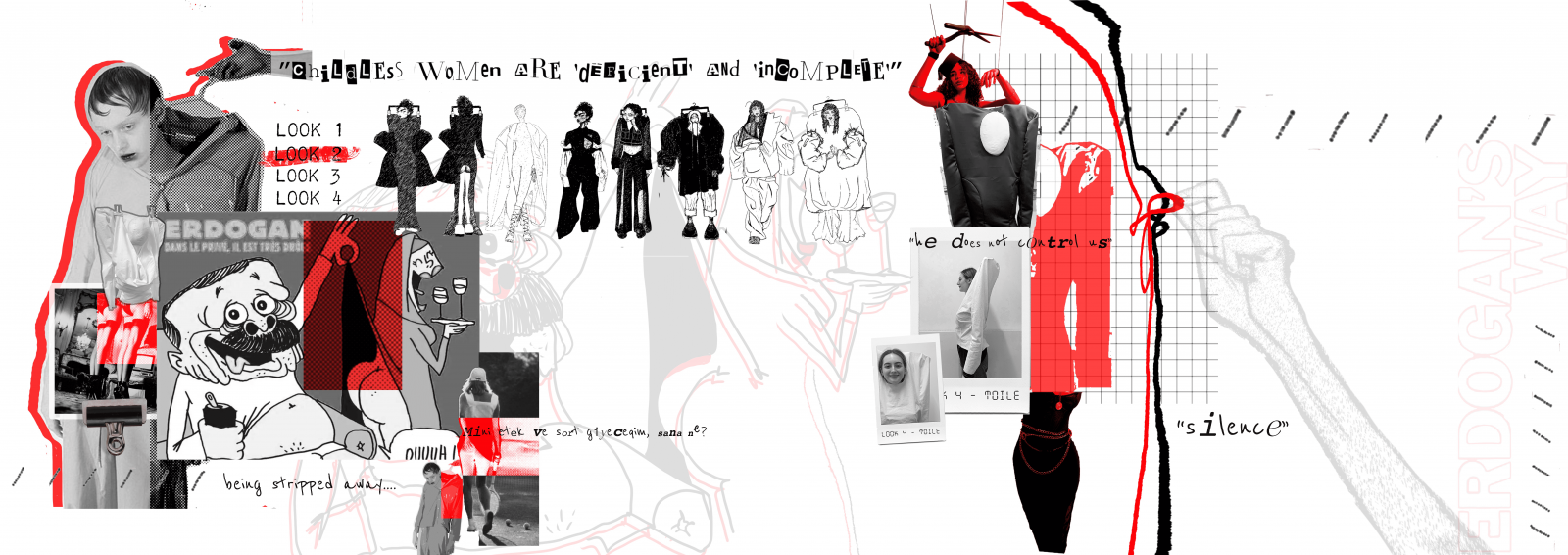
Eliza Gurocak‘s project, The Good, The Bad, The Ugly was inspired by her placement year in her hometown of Turkey. Gurocak spent her COVID-19 year in Turkey working for a textile company, where she spent her days learning and developing her understanding of her culture, history, and religion, as well as the religions of others.
She chose to compare Erdogan, the current president, who is deeply religious and educated in the east, to Kemal Atatürk, the modern Turkish state’s founder (‘Father of the Turks’ in English), who westernised Turkey and granted womens’ independence and freedom.
Gurocak has always been captivated by Turkey’s history and traditions, including the way they are evolving. She began her research in the early Ottoman Empire era and worked her way up to the present day, observing, grasping, and absorbing how and why life has evolved from then to now. For example, the values of womens’ rights, what has changed in Turkey, what has been stripped away from women, and then exploring the divergent beliefs of Ataturk and Erdogan, who are diametrically opposed in their faith and values when they both retain their Muslim and Turkish identities.
Throughout her project, she was inspired by many strong and powerful women, such as Ataturk’s former wife, Latife Hanim, who played a dominating role and had a sharp sense of fashion for women. Their daughter, Sabiha Gökçen, who was one of the world’s first female pilots, demonstrating authority and independence for women all over Turkey, and then finally by the photographer Shadi Ghadirian, who emphasised in a dramatic work piece, the daily replacement of women’s features with common household goods that dominate them. Women are under immense pressure to meet others’ needs, to the point of losing their own identity. “She is shown behind the window decoration when the curtain is raised”, as a result, she is the person she is.

